Today’s post celebrates highlights from TNOC writing in 2016. These contributions, originating around the world, were widely read, offer novel points of view, are somehow disruptive in a useful way, or combine these characteristics. Certainly, all 550+ TNOC essays and roundtables are great and worthwhile reads, but what follows will give you a taste of this year’s key and diverse content.
2016 has been an important year at The Nature of Cities. The number of contributors has grown to almost 600, and we published 150+ long-form essays, reviews, and global roundtables. We launched the The Nature of Graffiti, a crowd-sourced gallery of street art from around the world that includes themes from nature and the environment. We partnered with Jenn Baljko as she walks from Bangkok to Barcelona over three years, reporting on the cities and communities she encounters. We published a pre-publication of 10 chapters from an urban environmental education book that will appear in its full form in 2017. In essays, roundtables, and reviews we continued to seek the frontiers of thought found at the boundaries of urban ecology, community, design, and art. Importantly, we’ve attracted more and more readers: in 2016 we had over a half million readers from 2,500+ cities in 150+ countries. Thank you.
New things are coming in 2017, including:
- An urban eco-poetry series, in collaboration with ArtsEverywhere.ca and Musagetes Foundation;
- A collaboration with Ray Cha, funded by the Transit Center, to produce education modules for better utilization of open data produced by cities;
- A new book addressing the justice and equitable access imperatives of the benefits of ecosystem services;
- As an outgrowth of our Nature of Graffiti project, we will embark on the beginning stages of an interactive, creative exhibit of art on social-environmental themes in urban “vacant” lots, generously funded by the U.S. National Endowment for the Arts;
- And of course, over 150 new essays, reviews and roundtables.
Donate
TNOC is a public charity, a non-profit [501(c)3] organization in the United States. We rely on private contributions and grants to support our work, so, if you can, be a part of the movement for more livable, resilient, sustainable and just cities by making a donation. Click here to help.
Roundtables
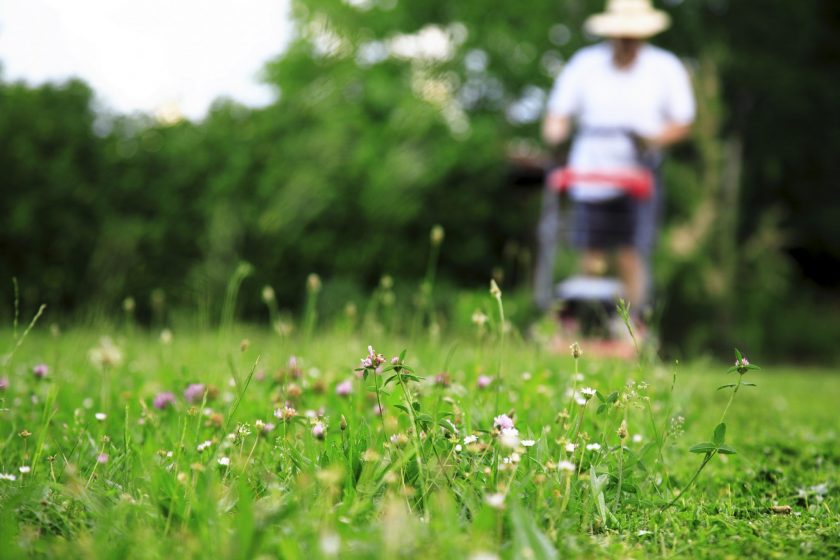 Can cities save bees? How can urban habitats be made to serve pollinator conservation? How can that story be better told?
Can cities save bees? How can urban habitats be made to serve pollinator conservation? How can that story be better told?
bit.ly/2h7F1uP
Bees and pollinators have always been a part of the city landscape, but increasing interest in urban conservation, agriculture, and gardens, has made their presence more noticeable—and more important. Bee and pollinator conservation is a key concern outside of cities too, with habitat loss, indiscriminant insecticide use, and other issues threatening bee species and pollinators generally. What role can cities play in bee and conservation? How can this role be supported, by both public and private actors? And how can the story of urban pollinators be better told to propel the conversation about urban pollinator conservation and their critical services?
…with contributions from: Katherine Baldock, Bristol; Alison Benjamin, London; Sarah Bergmann, Seattle; Mark Goddard, Newcastle; Damon Hall, St. Louis; Tina Harrison, New Brunswick; Scott MacIvor, Toronto; Denise Mouga, Joinville; Matt Shardlow, Peterborough; and Caragh Threlfall; Melbourne.
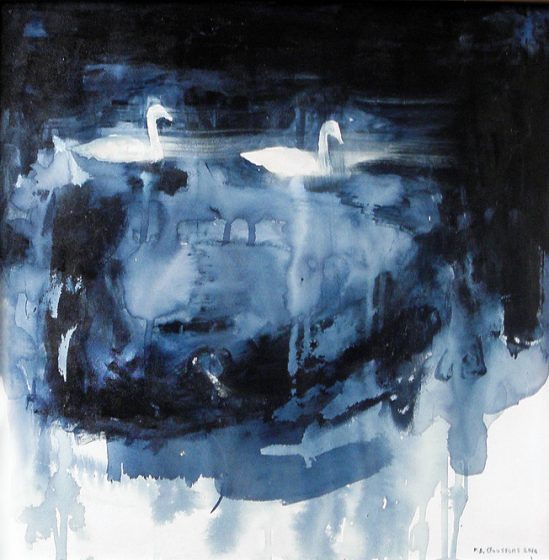 Visions of resilience: Eighteen artists say or show something in response to the word “resilience”
Visions of resilience: Eighteen artists say or show something in response to the word “resilience”
bit.ly/1WbnLV1
“Resilience” is the word of the decade, as “sustainability” was before it. A challenge with both words is that while they exist so well in the realm of metaphor, they are more difficult in reality. The same can be said for “livability” and “justice”. In this roundtable, we aimed to strike out in possibly new metaphorical directions. We invited 18 artists and designers of various types to respond—in words, images, or other works—to the word “Resilience”.
This Roundtable was a co-production with Arts Everywhere, where these responses are also published.
…with contributions from Juan Carlos Arroyo, Bogotá, Katrine Claassens, Cape Town; David Brooks, New York City; Rebecca Chesney, Preston; Emilio Fantin, Bologna; Ganzeer, Los Angeles; Lloyd Godman, Melbourne; Fran Illich, New York City; Todd Lanier Lester, São Paulo; Frida Larios, Washington; Patrick Lydon, San Jose & Seoul; Mary Mattingly, New York; E. J. McAdams, New York City; Mary Miss, New York; Edna Peres, Johannesburg; Caroline Robinson, Auckland; Finzi Saidi, Pretoria; Keijiro Suzuki, Yamaguchi & Nagoya
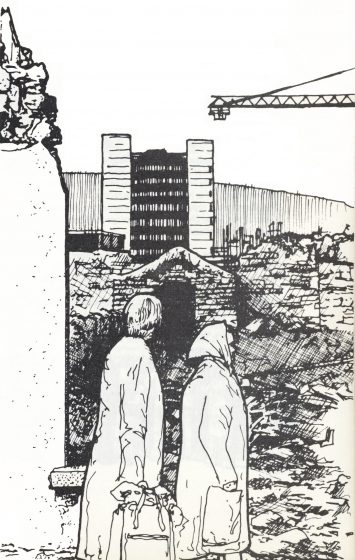 Common threads: connections among the ideas of Jane Jacobs and Elinor Ostrom, and their relevance to urban socio-ecology
Common threads: connections among the ideas of Jane Jacobs and Elinor Ostrom, and their relevance to urban socio-ecology
bit.ly/2hZm2Uv
Jane Jacobs and Elinor Ostrom were both giants in their impact on how we think about communities, cities, and common resources such as space and nature. But we don’t often put them together to recognize the common threads in their ideas. Yet, their streams of ideas clearly resonate together in how they bind people, economies, places, and nature into a single, ecosystem-driven framework of thought and planning—themes that deeply motivate The Nature of Cities. In this roundtable, we asked 16 people to talk about some key ideas that motivate their work, and how these ideas have roots in the ideas of either Jacobs or Ostrom, or both.
…with contributions from Paul Downton, Melbourne; Johan Enqvist, Stockholm; Sheila Foster, New York City; Lisa Gansky, San Francisco; Mathieu Hélie, Montreal; Mark Hostetler, Gainesville; Michelle Johnson, New York; Marianne Krasny, Ithaca; Alex Russ, Ithaca; Harini Nagendra, Bangalore; Raul Pacheco-Vega, Aguascaliente; Michael Mehaffy, Portland; Mary Rowe, New York City; Laura Shillington, Montreal & Managua; Anne Trumble, Los Angeles; Arjen Wals, Wageningen; and Abigail York, Tempe
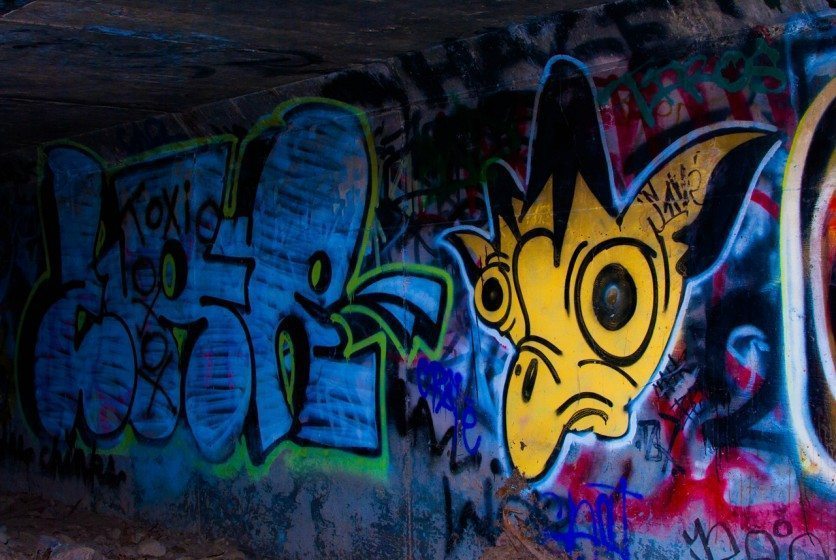 What, how, and where are examples of graffiti as a positive force in communities?
What, how, and where are examples of graffiti as a positive force in communities?
bit.ly/2hbr5Qz
Graffiti and street art can be controversial. But they can also be a medium for voices of social change, protest, or expressions of community desire. In many cities, graffiti is associated with decay, with communities out of control, and so it is outlawed. In some cities, it is legal, within limits, and valued as a form of social expression. “Street art”, graffiti’s more formal cousin, which is often commissioned and sanctioned, has a firmer place in communities, but can still be an important form of “outsider” expression. Interest in these art forms as social expression is broad, and the work itself takes many shapes—from simple tags of identity, to scrawled expressions of protest and politics, to complex and beautiful scenes that virtually everyone would say are “art”, despite their sometimes rough locations. What, how, and where are examples of graffiti as a positive force in communities?
This roundtable was a co-production of The Nature of Cities and Arts Everywhere, where these responses are also published. Also check out The Nature of Graffiti, a gallery launched in 2016 that illustrates some of these ideas from an environmental perspective.
…with contributions from: Pauline Bullen, Harare; Paul Downton, Adelaide; Emilio Fantin, Milan; Ganzeer, Los Angeles; Germán Eliecer Gómez, Bogotá; Sidd Joag, New York City; Patrick Lydon, San Jose & Seoul; Patrice Milillo, Los Angeles; Laura Shillington, Managua & Montreal
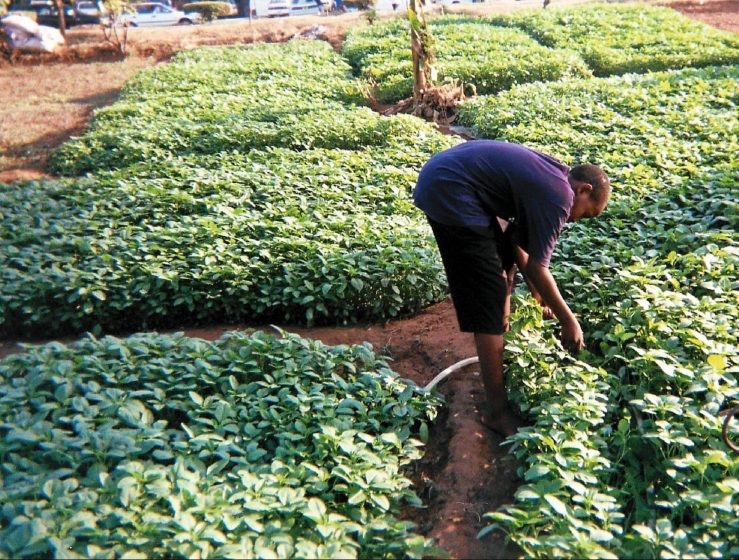 Urban agriculture has many benefits. Is one of them a contribution to urban sustainability?
Urban agriculture has many benefits. Is one of them a contribution to urban sustainability?
bit.ly/2ifOwKk
Sustainability is key to our future, and, as urbanization steadily grows, keys to increased global sustainability must be found in cities and how they use and are provided with resources. In this topic, there has been much excitement about urban agriculture—the production of food in and near cities at scales larger than home or community gardens. Does urban agriculture have the potential to contribute significantly to urban sustainability by reducing cities’ dependence on food grown at great distance from the city? Can it produce enough to address food insecurity? In this roundtable, we asked respondents to address the potential for urban agricultural production to make cities more sustainable, and how such potential could be realized.
…with contributions from Jane Battersby, Cape Town; Katrin Bohn, Brighton; Christopher Bryant, Montreal; Easther Chigumira, Harare; Evan Fraser, Guelph; Kelly Hodgins, Guelph; Patrick Hurley, Collegeville; François Mancebo, Paris; Idah Mbengo, Harare; Innisfree McKinnon, Menomonie; Leslie McLees, Eugene; Geneviève Metson, Vancouver; Navin Ramankutty, Vancouver; Kristin Reynolds, New York City; Esther Sanyé-Mengual, Bologna; Shaleen Singhal, New Delhi; Kathrin Specht, Müncheberg; Naomi Thur, Jerusalem; Andre Vijoen, Brighton; and Claudia Visoni, São Paulo
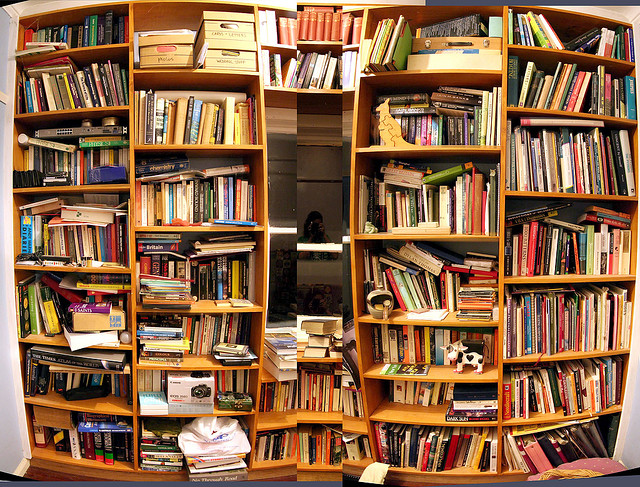 Read this! 90 recommendations for the one book about (or relevant to) cities that everyone should read
Read this! 90 recommendations for the one book about (or relevant to) cities that everyone should read
bit.ly/2ig2Zpu
In this roundtable, we assembled a list of 90 must-reads on cities from a diverse group of TNOC contributors—a nature of cities reader’s digest. The recommendations were as wide-ranging as the TNOC community, from many points of view and from around the world. They are a reflection of the breadth of thought that cities need. The list could serve as a wonderful primer for courses or other gatherings. You can download the entire list as a PDF.
…with contributions from 90 of TNOC’s authors, who also happen to be artists, urban planners, conservation biologists, architects, and much more.
Essays
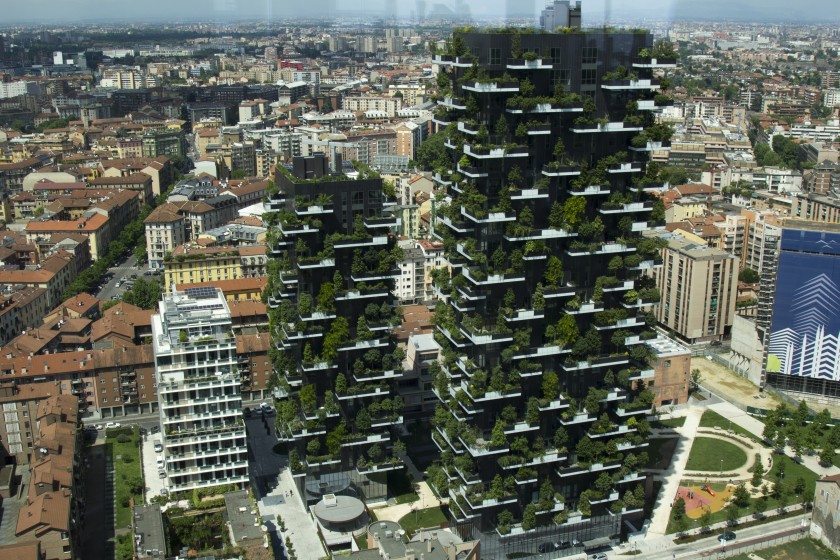 Confronting the Dark Side of Urban Agriculture
Confronting the Dark Side of Urban Agriculture
François Mancebo, Paris
bit.ly/22jcKio
Some people praise urban agriculture as a kind of panacea that could help reconfigure more sustainable cities by bringing people together and, eventually, reshaping the whole urban fabric. But it is misleading to greenwash, without caveats, conventional or high-tech agriculture in the city as sustainable. All urban agricultures are not sustainable, and some may even produce deleterious effects on city inhabitants, as well as on the city itself. In this essay, François Mancebo sets out to distinguish between the types of urban agriculture and to denounce those which, under the disguise of promoting agriculture in the city, promote practices that are absolutely unsustainable.
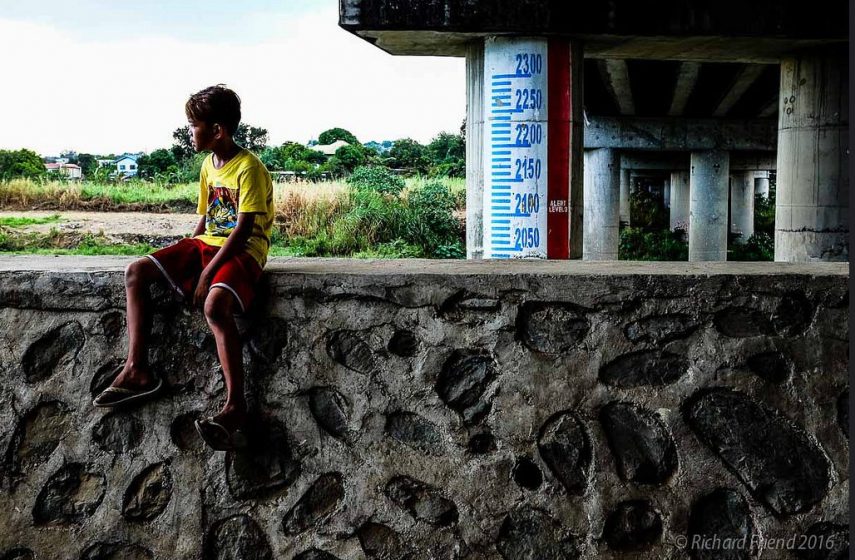
Market-Based Solutions Cannot Forge Transformative and Inclusive Urban Futures
Richard Friend, Bangkok
bit.ly/2hh2RpM
Richard Friend uses an analysis of a Dhaka advertisement to assess what a classic neoliberal response to environmental degradation could mean for Asia’s city dwellers as the effects of climate change worsen and the New Urban Agenda remains absent from the discussion. “It seems that even while the combined effects of climate change, environmental degradation, and social injustice are more in evidence now than ever,” he writes, “the overall direction of responses is a toxic combination of individualist, market-based solutions, alongside growing, heavy-handed political oppression. The calls for solutions to the challenges of climate change uncertainty and risk to embrace participation, innovation, and informed dialogue amid polycentric, multi-scalar governance mechanisms seem all the more distant”.
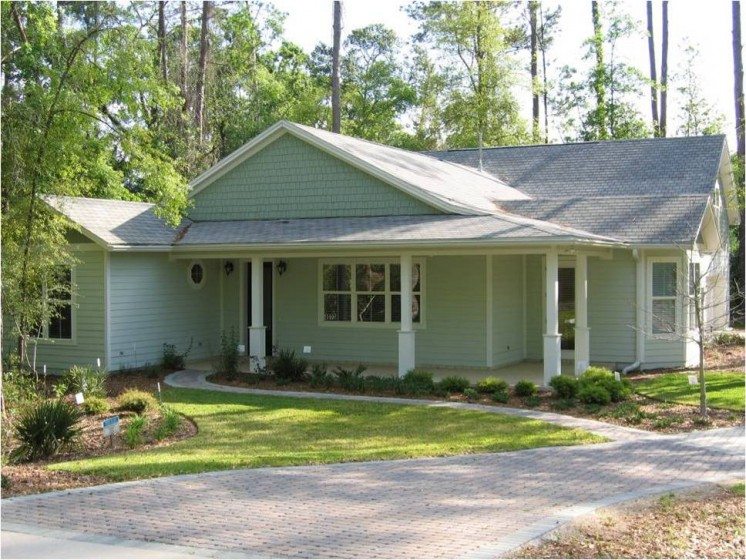 Why Conserve Small Forest Fragments and Individual Trees in Urban Areas?
Why Conserve Small Forest Fragments and Individual Trees in Urban Areas?
Mark Hostetler, Gainesville
bit.ly/1TX6IEq
For many developers and city planners, it takes time and money to plan around trees and small forest fragments. Often, the message from conservationists is that we want to avoid fragmentation and to conserve large forested areas. While this goal is important, the message tends to negate any thoughts by developers towards conserving individual mature trees and small forest fragments. Mark Hostetler demonstrates how fragmented landscapes have value for a variety of species—and why stating that fragmentation is unequivocally bad can only lead to lost conservation opportunities.
 Viola Has an Acorn in Her Pocket
Viola Has an Acorn in Her Pocket
Stephan Barthel, Stockholm
bit.ly/2evX4JP
Stephan Barthel’s daughter, Viola, age 4, is curious about the nature that surrounds them on their father-daughter walks in Stockholm. Her questions prompt her father to muse on a wide ranging of subjects, from the importance of ecological memory, to the possible impact of the Smart City paradigm on future development and education, to the gentle wisdom of singer-songwriter Nick Drake.
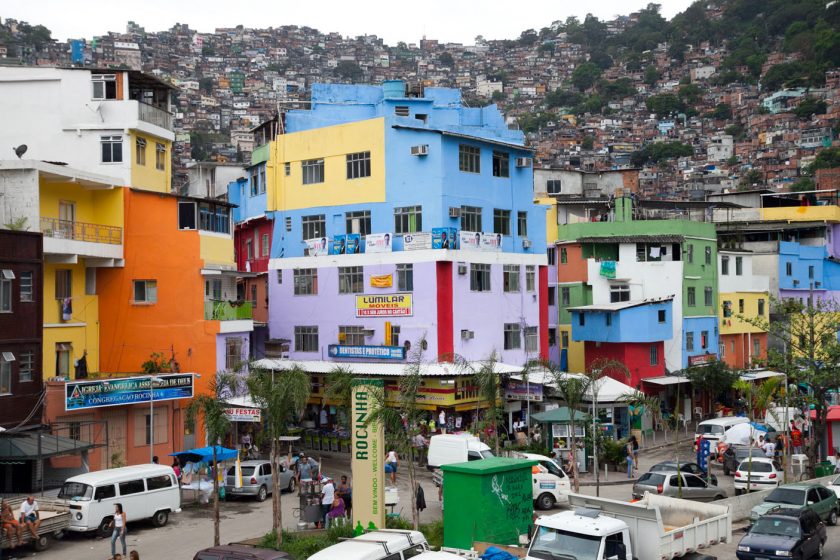 They are Not “Informal Settlements”—They are Habitats Made by People
They are Not “Informal Settlements”—They are Habitats Made by People
Lorena Zárate, Mexico City
bit.ly/1YRQpaY
According to the UN, at least one third of the global urban population suffers from inadequate living conditions. Lack of access to basic services, low structural quality of shelters, overcrowding, dangerous locations, and insecure tenure are the main characteristics normally included in the definitions of so-called informal settlements. In this essay, Lorena Zárate argues that words matter: changing the words means changing the concepts; changing the concepts means changing the way we understand (or not) complex phenomena and are able (or not) to transform them in a positive way. These “informal settlements” are neither informal nor irregular— they are, above all, human settlements.
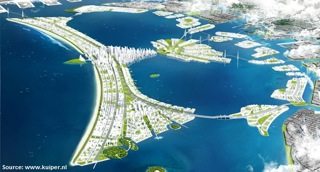 Climate Adaptation Plans Can Worsen Unequal Urban Vulnerability
Climate Adaptation Plans Can Worsen Unequal Urban Vulnerability
Linda Shi, Boston; and Isabelle Anguelovski, Barcelona
bit.ly/2hjAeqm
To date, few studies have asked: who actually benefits from urban adaptation plans and projects? Do projects prioritize the vulnerability of the most disadvantaged and marginalized groups? Do projects succeed in reducing vulnerability and, if so, for whom? In this essay, Linda Shi and Isabelle Anguelovski argue that there is an urgent need to find examples where climate adaptation and resilience projects have moved towards more equitable outcomes and to identify specific normative principles, design strategies, and evaluative outcome metrics for alternative adaptation strategies that highlight equity and justice.
 Sense of Place
Sense of Place
Jennifer Adams, David A. Greenwood, Mitchell Thomashow, and Alex Russ; New York, Thunder Bay, Seattle, and Ithaca
bit.ly/2i3LiH5
Different people perceive the same city or neighborhood in different ways. While one person may appreciate ecological and social aspects of a neighborhood, another may experience environmental and racialized injustice. Jennifer Adams, David A. Greenwood, Mitchell Thomashow, and Alex Russ explain how sense of place—including place attachment and place meanings—can help people appreciate ecological aspects of cities. This is a chapter from the book Urban Environmental Education Review, which will appear in 2017. TNOC published ten chapters as a pre-publication.
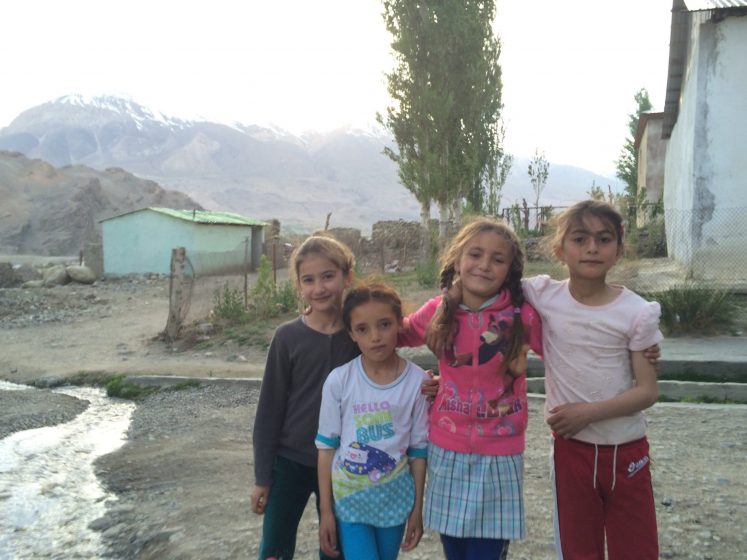 Closing the Gap Between Girls’ Education and Women in the Workforce
Closing the Gap Between Girls’ Education and Women in the Workforce
Jenn Baljko, Barcelona
bit.ly/2dR5LiL
While traveling through Kyrgyzstan, Tajikistan, and Uzbekistan, Jenn Baljko meets young women who are “compassionate, generous, enthusiastic, observant, smart, funny”—but who have limited opportunities to continue their educations or to remain unmarried. What does this mean for the future of cities? “It’s the kind of conversation that raises more questions than answers.” This essay appeared as part of TNOC’s featured series with Jenn Baljko, who is journeying from Bangkok to Barcelona on foot. For more about the project, click here.
 Small Rain Gardens for Stormwater and Biodiversity in the City: Learning from Traditional Ways
Small Rain Gardens for Stormwater and Biodiversity in the City: Learning from Traditional Ways
Keitaro Ito, Fukutsu City
bit.ly/22Hsrpo
“These days, especially in summertime, we have heavy rain in Japan,” writes Keitaro Ito. In response to the increasing frequency of flooding, he has turned to Sado, a traditional tea ceremony, to inform the biocultural design of small rain gardens that can provide an important ecosystem service: stormwater management.
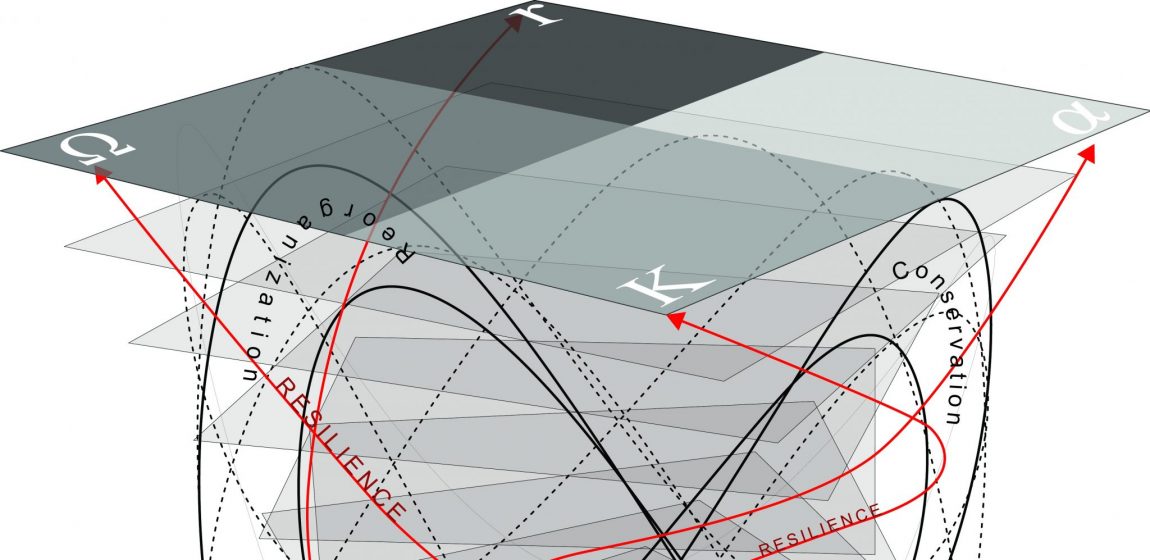 From Reactive to Proactive Resilience: Designing the New Sustainability
From Reactive to Proactive Resilience: Designing the New Sustainability
Nina-Marie Lister, Toronto
bit.ly/22gbWQF
Long-term sustainability necessitates an inherent and essential capacity for resilience—the ability to recover from disturbance, to accommodate change, and to function in a state of health. In this sense, sustainability typically means the dynamic balance between social-cultural, economic, and ecological domains of human behavior necessary for humankind’s long-term surviving and thriving. As such, long-term sustainability sits squarely in the domain of human intention and activity—and, thus, design. This should not be confused with managing “the environment” as an object separate from human action, which is ultimately impossible. Instead, the challenge of sustainability, says Nina-Marie Lister, is very much one for design, and specifically one of design for resilience.
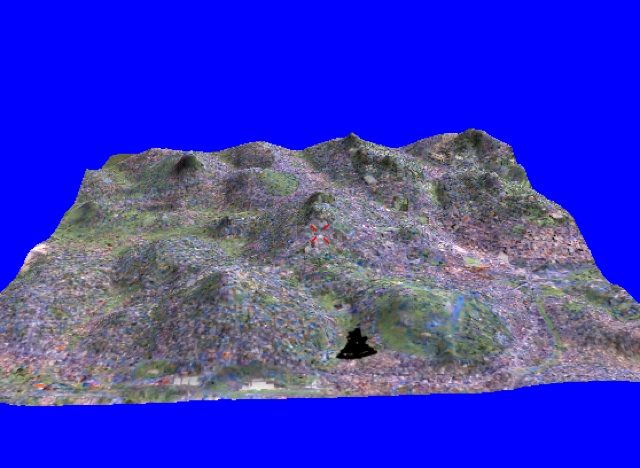 Urban Nature that Reduces Risk in Kampala
Urban Nature that Reduces Risk in Kampala
Shuaib Lwasa, Kampala
bit.ly/2hncXUp
Kampala’s urban landscape has been largely fragmented, just like the landscapes of many other cities. In fact, this is the common character of urban development. But it isn’t the only way. In this article, Shuaib Lwasa illustrates the urban risks that Kampala faces—especially those related to natural hazards, such as flooding—and demonstrates how these risks can greatly be reduced through greening and restoration of nature in lowland and hilltop forests.
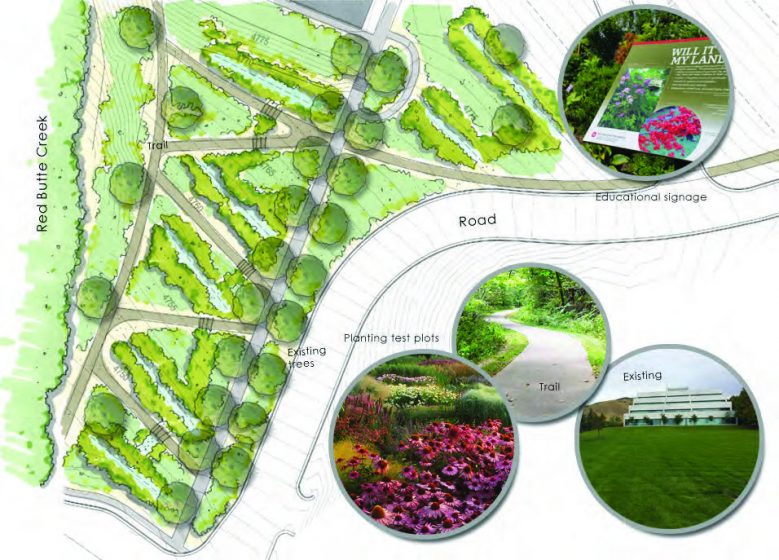 Wouldn’t it be Better if Ecologists and Planners Talked to Each Other More?
Wouldn’t it be Better if Ecologists and Planners Talked to Each Other More?
Diane Pataki, Sarah Hinners, and Robin Rothfeder; Salt Lake City
bit.ly/2iwFt3Y
At first glance, one might think that the fields of ecology and planning communicate regularly with one another. But they don’t—at least, not enough. The contact between these disciplines rarely occurs as a direct collaboration between practicing ecologists— whose job is to generate new scientific understanding—and practicing planners, whose job is to envision and plan better cities. If planners and ecologists found more ways to work together, would cities look different? Would they be better? Yes, they would, say Diane Pataki, Sarah Hinners, and Robin Rothfeder as respond to this question with a case study from Salt Lake City.
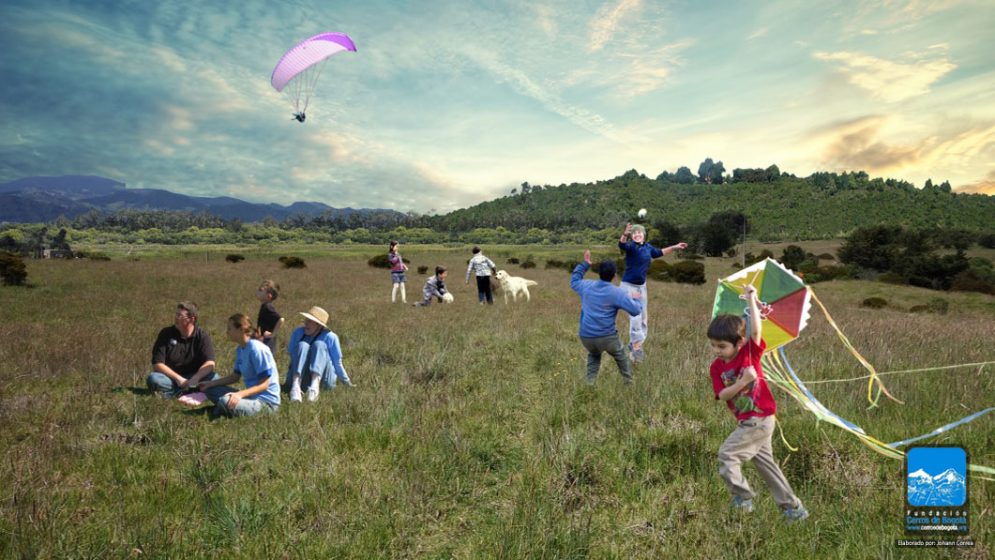 The Forgotten Rurality: The Case for Participatory Management in Bogotá and its Surrounding Countryside
The Forgotten Rurality: The Case for Participatory Management in Bogotá and its Surrounding Countryside
Diana Wiesner, Bogotá
bit.ly/2hHS842
We often think of the city and the country as separate, and that development planning and urban sustainability ends at the city boundary. But this isn’t true—in a planning and sustainability sense, the city and the surrounding rural areas are deeply linked. With this in mind, Diana Wiesner discusses a plan for the sustainable coexistence of a section of forgotten rurality near the megacity of Bogotá, Colombia, and how a civic response is being molded to draw attention to the issues involved.
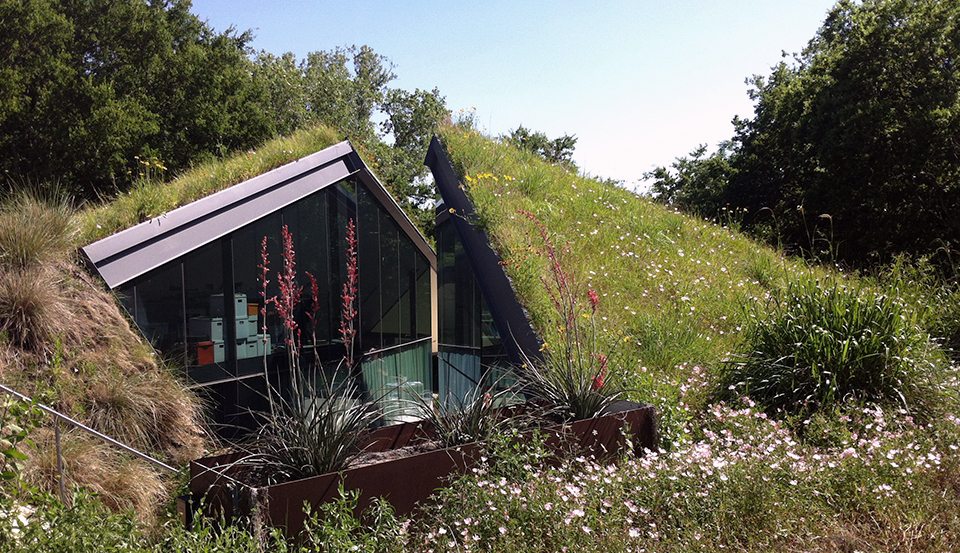 Designing Ecologically Sensitive Green Infrastructure that Serves People and Nature
Designing Ecologically Sensitive Green Infrastructure that Serves People and Nature
Christine Thuring, Sheffield
bit.ly/2hrFgmg
Green infrastructure is expanding and gradually softening a proportion of our planet’s increasingly urban surface. Yet, from her perspective as a plant ecologist, Christine Thuring argues that many green infrastructure installations miss their full ecological potential. While monoculture is better than concrete, diversity is generally better than monoculture. The ideal of green infrastructure, she says, is two-fold: it must be multi-functional and it must express ecological sensitivity.
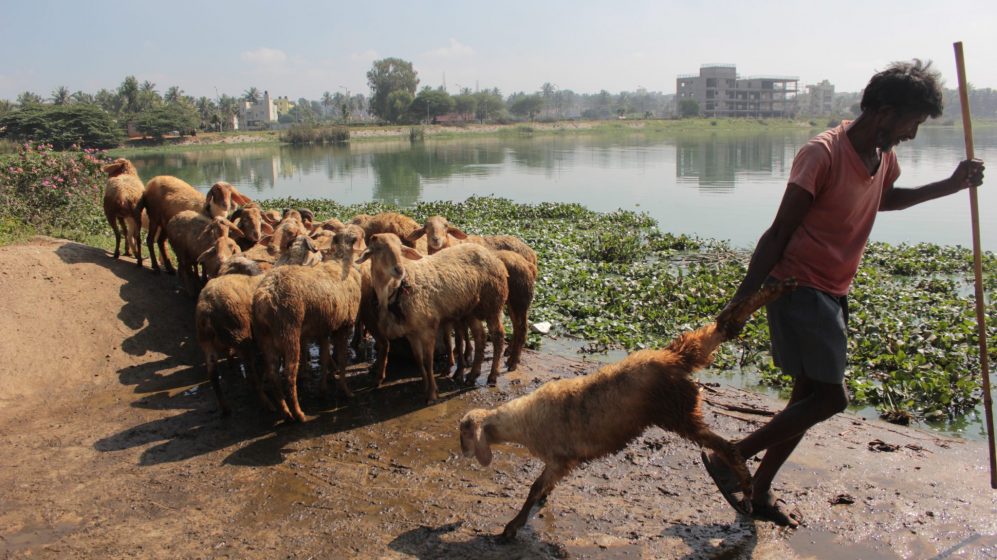 Photo Essay: Life and Water at Rachenahalli Lake
Photo Essay: Life and Water at Rachenahalli Lake
Sumetee Gajjar, Bangalore
bit.ly/2invheE
Rachenahalli, one of the few living lakes of Bangalore, India, is an example of a thriving social ecological system. As documented in Sumetee Gajjar’s photographs, it provides natural resources to people living around it, acting as a sink for fisher folk cleaning fish or for women doing Sunday laundry and receiving treated sludge from new residences around the lake, as well as from an upstream sewage treatment plant. In these ways, the lake continues to live and to support life.
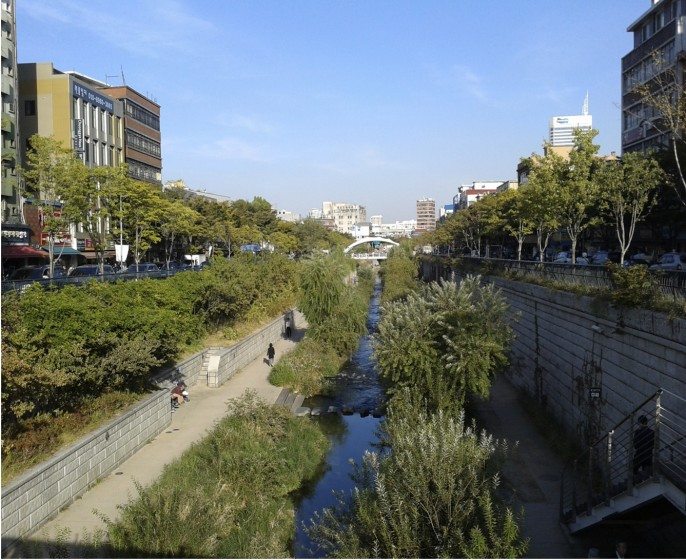 Justice and Geometry in the Form of Linear Parks
Justice and Geometry in the Form of Linear Parks
David Maddox, New York City
bit.ly/1Tib32u
Here at The Nature of Cities, we write a great deal about the benefits of “green” cities, widely construed. Green infrastructure is good for human health and quality of life, it reduces the carbon footprint of cities, it increases resilience by insulating us from storms, it helps create foci of community building, and so on. Furthermore, green cities are good for nature in the form of conservation. But in cities around the world, everyone does not currently enjoy these benefits. If we ask how to increase access to ecosystem services via parks, then linear parks are a good answer, writes David Maddox.
Reviews & Podcasts
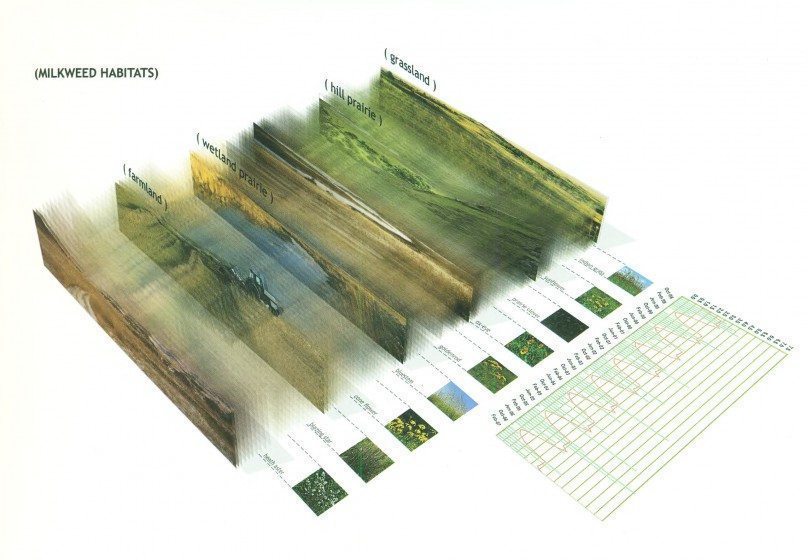 Knowing vs. Doing: Propelling Design with Ecology
Knowing vs. Doing: Propelling Design with Ecology
Anne Trumble, Los Angeles
A review of Projective Ecologies, edited by Chris Reed and Nina-Marie Lister
bit.ly/2ho8TmR
If we cannot get our most innovative and challenging ideas out of books and into real landscapes, we will squander an opportunity to determine a proud future. Projective Ecologies turns to ecology for new ways to think beyond the old nature/culture split. Offering up the insight that we may not be making the most of a diverse and complex concept of ecology, is, perhaps, the greatest success of Projective Ecologies.
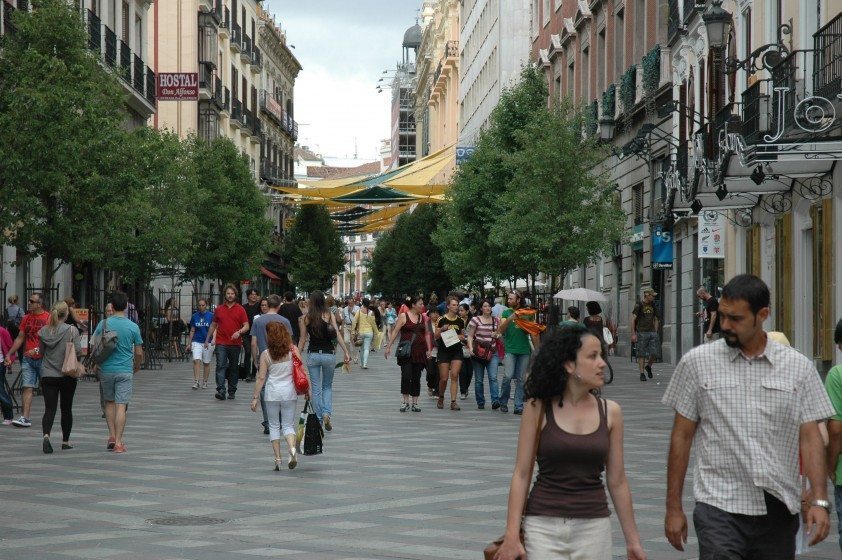 What Should We Make of Jane Jacobs’ Critique of Parks in The Death and Life of Great American Cities?
What Should We Make of Jane Jacobs’ Critique of Parks in The Death and Life of Great American Cities?
Podcast produced by Philip Silva, New York
bit.ly/2hhZ9Y2
While it’s true that Jane Jacobs changed the way we think about cities, relatively little is ever said about her views on urban parks. In honor of the 100th anniversary of Jacobs’ birth, we took a moment to revisit her views on “the uses of neighborhood parks” as she laid them out in The Death and Life of Great American Cities.
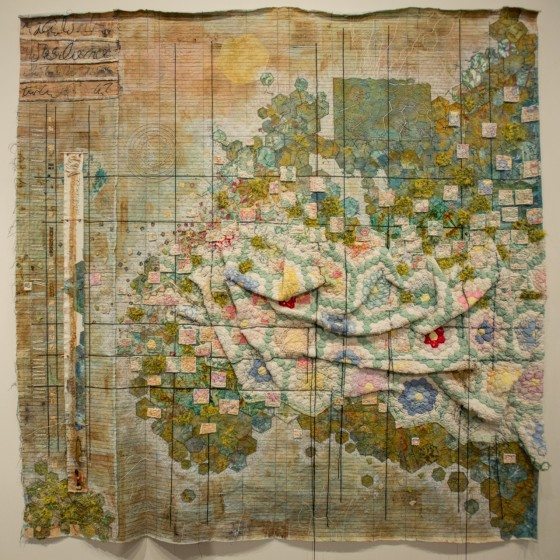 Intertwining People, Nature, and Place with Quilts and Thread
Intertwining People, Nature, and Place with Quilts and Thread
Patrick Lydon, San Jose & Seoul
A review of Earth Stories, an exhibition at the San Jose Museum of Quilts and Textiles
bit.ly/2iERpof
The idea that material and thread can communicate so much about our human relationships with our urban and natural environments isn’t so wild. If we’re working to save anything, whether it’s a forest or a culture, one can’t help but think how much easier it is to save that something when one has a personal relationship with it. In this way, much of what Earth Stories accomplishes is in bringing enough familiarity to the gallery wall that we might more easily re-establish these relationships.
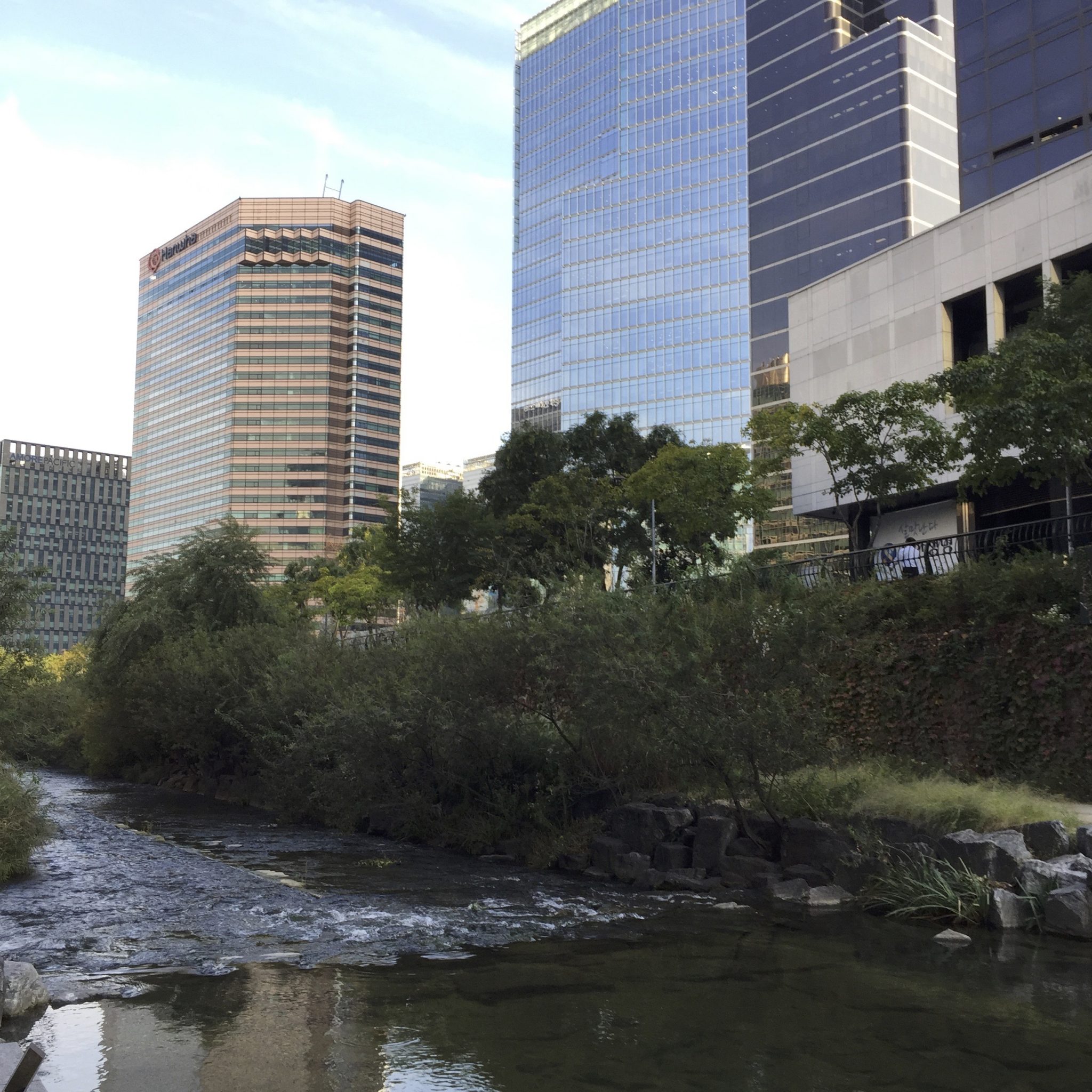
How Did Seoul’s Cheonggyecheon River Restoration Get Its Start?
Podcast produced by Philip Silva, New York
http://bit.ly/2ifowMw
A casual chat on a bus nearly thirty years ago led to the improbable removal of a major elevated highway and the restoration of a beloved river in the old city center of Seoul in South Korea. Dr. Soo Hong Noh, a professor of environmental engineering at Yonsei University, became a champion for bringing back the Cheonggyecheon River in his home city after listening to a colleague fancifully muse about the river’s restoration while they sat together on their evening commute.
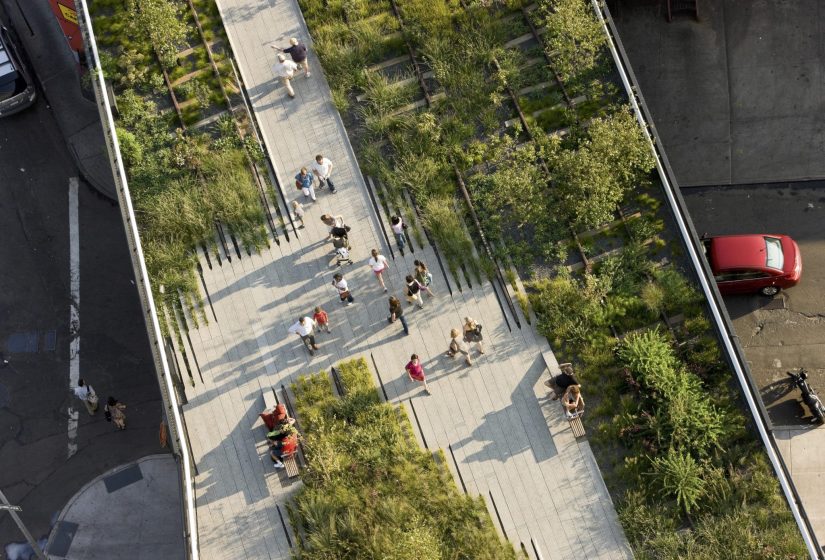 The High Line. Foreseen. Unforeseen.
The High Line. Foreseen. Unforeseen.
Adrian Benepe
A review of The High Line. By James Corner Field Operations and Diller Scofido + Renfro
bit.ly/2ix0wqT
New York City’s High Line Park, once a rusting relic of abandoned freight rail transportation infrastructure, has become arguably one of the world’s best-known urban parks, and possibly the single most visited park in the United States—and perhaps the world—on a visitor-per-acre basis. The High Line—the book recording the process of bringing the park to fruition—is, in the end, a sensual experience reflecting the High Line’s creation, design, and current reality.
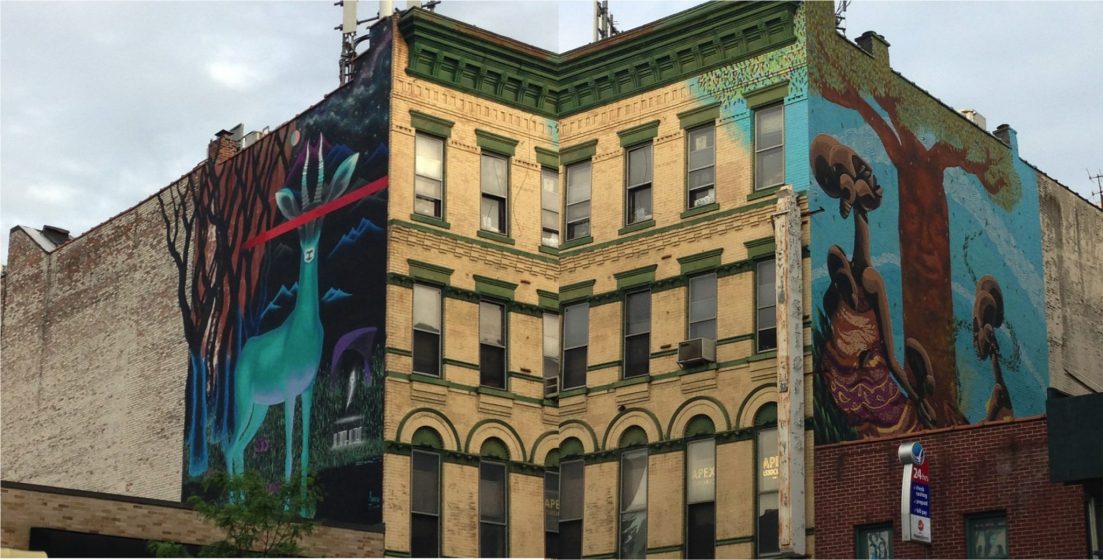 Poetry Produces the Novel Language of Future Cities
Poetry Produces the Novel Language of Future Cities
Laura Booth
A review of Urban Nature: Poems About Wildlife in the City
bit.ly/1Ttzt7q
How can poems advance our understanding of nature in cities? Poetry, with its capacity to invert the lexicons of “nature” and “culture” so that they are not artificially divided per our current paradigms, is uniquely positioned to play a role in visioning future cities.
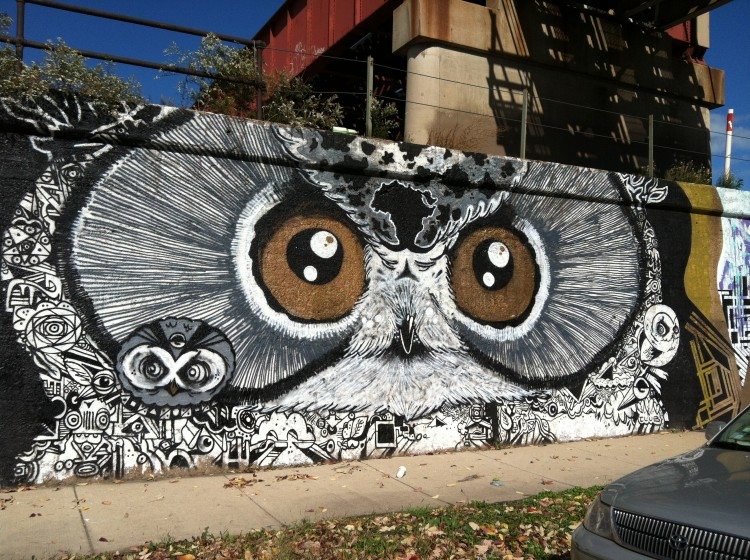 Nature in Chicago: Surprisingly Wild, Surprisingly Human
Nature in Chicago: Surprisingly Wild, Surprisingly Human
Chris Hensley
A review of City Creatures: Animal Encounters in the Chicago Wilderness, edited by Gavin Van Horn and Dave Aftandilian
bit.ly/2ho9S6L
A collection of stories, poems, drawings, and photographs contributed by numerous Chicago artists, scientists, and residents, City Creatures whisks the reader through the streets, parks, and history of the Chicago region, giving a perspective on the city’s relationship with nature that is at once complete, nuanced, detailed, entertaining, and surprisingly intimate.


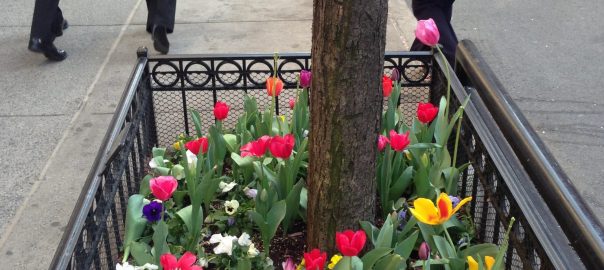
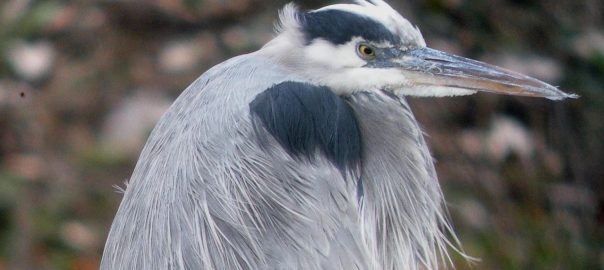
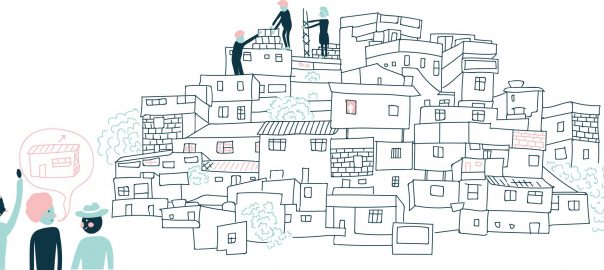
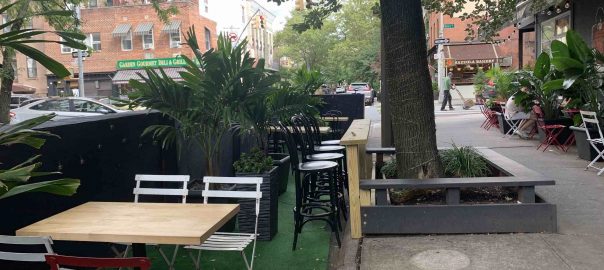
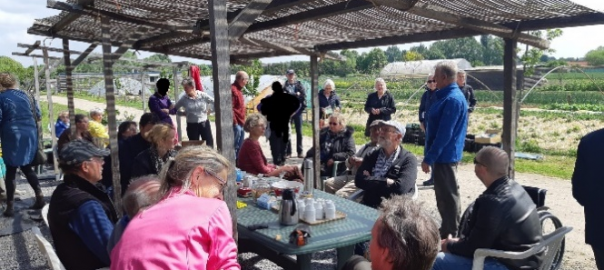
Leave a Reply